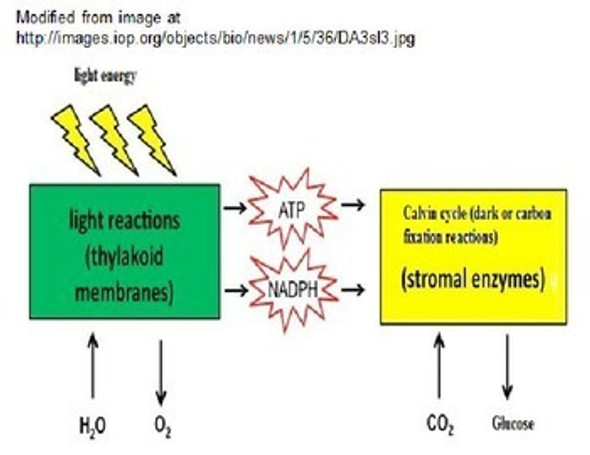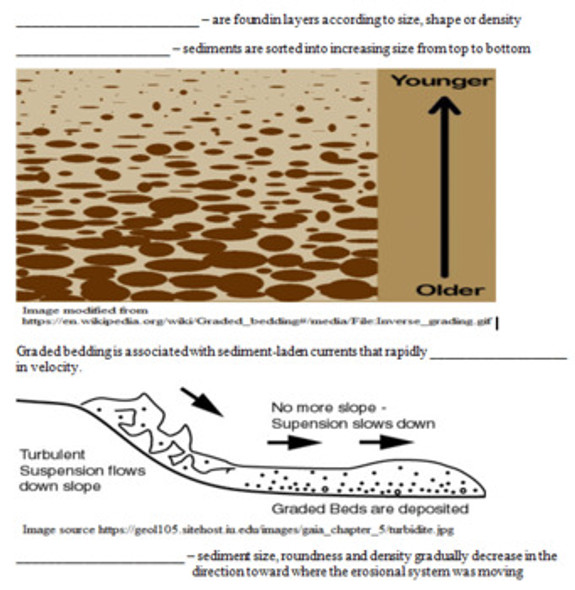Description
This zip file contains several activities (41 pages of student handouts and 1 PowerPoint with a total of 22 slides) which can be used to compose a unit for physics students involving topics relating to frictional forces. Topics in this unit include static and kinetic friction, computing the coefficient of friction, rolling and fluid friction, resolving weight on a ramp into its horizontal and vertical components, creating free body diagrams labeling weight, normal force, frictional force and applied force, calculations involving friction and Newton's laws on horizontal surfaces and ramps as well as other concepts.
An activity simulating computations of coefficient of static and kinetic friction is included in this package. No specialized materials are required for this activity.
These materials may be used in Physics or advanced Physical Science classes. Knowledge of calculus is not required to complete the included activities. The components in this unit correlate to NGSS Standard HS-PS 2.1. The NGSS Standard, Common Core Standards and learning objectives addressed are indicated at the end of this description.
The learning materials in this package can be easily adapted to distance learning settings or for students in quarantine.
The components of this lesson package can easily be displayed to students using and LCD projector and may be readily modified into formats facilitating smartboard technology.
All documents except for the PowerPoint are included in both word as well as pdf format to allow editing for specific teacher needs. All answer keys are included. The specific contents of the learning package includes the following items (the page count for these items are actual student handouts as answer key page counts are not included):
- Friction Scaffolded Completion Notes (8 pp.)
- PowerPoint to accompany the Scaffolded Notes (22 slides)
- Frictional Forces Worksheet 1 (30 multiple choice questions and problems) (8 pp.)
- Frictional Forces Worksheet 2 (43 completion questions, multiple choice questions and problems) (11 pp.)
- Frictional Forces Video Worksheet (25 questions) (4 pp.)
- Determining Coefficient of Friction Simulation Lab Activity (6 pp.)
- Frictional Forces quiz (16 questions) (2 pp.)
- NGSS, Common Core and Local Learning Standards/Objectives (2 pp.)
Learning Objectives
Upon the completion of this unit the student will be able to:
1. recognize friction is a force that opposes the relative motion of contacting objects.
2. explain why friction is a vector quantity.
3. define the term normal force.
4. recognize the force of friction is directly proportional to the normal force.
5. identify and/or draw the vectors representing weight, normal force, applied force and frictional force on horizontal surfaces or inclined planes.
6. define the term coefficient of friction.
7. utilize the equation Ff = µFN in calculations.
8. recognize the normal force is directly proportional to the weight of an object.
9. recognize the frictional force between two surfaces is independent of their area of contact and speed of motion.
10. explain the difference between static and kinetic friction.
11. explain why static friction is greater than kinetic friction.
12. explain what is meant by rolling friction and fluid friction.
13. list examples of rolling friction and fluid friction.
14. resolve weight into its horizontal and vertical component forces on an inclined plane.
15. draw free body diagrams and label the component forces on either horizontal or vertical surfaces.
16. use the net force on a horizontal surface or inclined plane to determine the acceleration of an object on that surface.
17. discuss how air resistance influences free-fall.
18. define the term terminal velocity.
19. list some ways to reduce the terminal velocity of a freely falling object.
NGSS Learning Standard
Students who demonstrate understanding can:
HS-PS2-1. Analyze data to support the claim that Newton’s second law of motion describes the mathematical relationship among the net force on a macroscopic object, its mass, and its acceleration.
Common Core State Standards Connections:
ELA/Literacy
RST.11-12.1 Cite specific textual evidence to support analysis of science and technical texts, attending to important distinctions the author makes and to any gaps or inconsistencies in the account.
RST.11-12.7 Integrate and evaluate multiple sources of information presented in diverse formats and media (e.g., quantitative data, video, multimedia) in order to address a question or solve a problem.
WHST.9-12.9 Draw evidence from informational texts to support analysis, reflection, and research.
Mathematics
MP.2 Reason abstractly and quantitatively.
MP.4 Model with mathematics.
HSN-Q.A.1 Use units as a way to understand problems and to guide the solution of multi-step problems; choose and interpret units consistently in formulas; choose and interpret the scale and the origin in graphs and data displays
HSN-Q.A.2 Define appropriate quantities for the purpose of descriptive modeling.
HSN-Q.A.3 Choose a level of accuracy appropriate to limitations on measurement when reporting quantities.
HSA-SSE.A.1 Interpret expressions that represent a quantity in terms of its context.
HSA-SSE.B.3 Choose and produce an equivalent form of an expression to reveal and explain properties of the quantity represented by the expression.
HSA-CED.A.1 Create equations and inequalities in one variable and use them to solve problems.
HSA-CED.A.4 Rearrange formulas to highlight a quantity of interest, using the same reasoning as in solving equations.
Terms of Use
Purchase of the product is for classroom use by the purchaser only. It is a violation for individuals, schools, and districts to redistribute or sell this item on the Internet or to other individuals. I do encourage you to use and edit these documents to suit your needs with your own students in distance learning environments.
This work is licensed under a Creative Commons Attribution-NonCommercial-ShareAlike 4.0 International License.


















